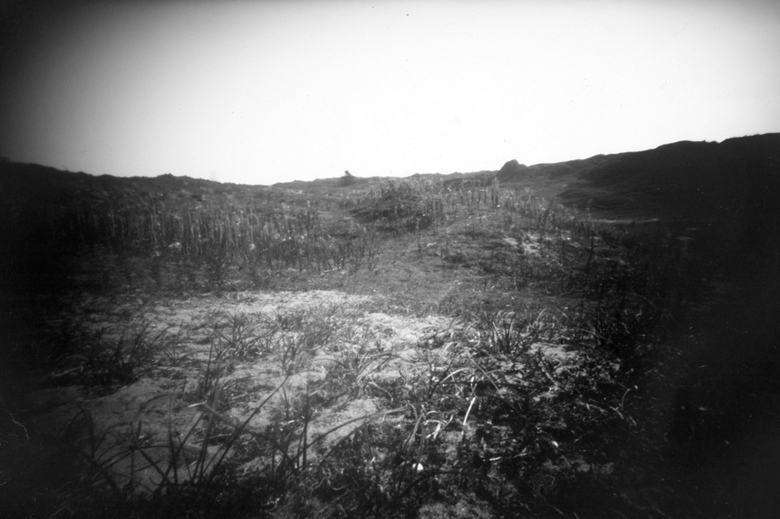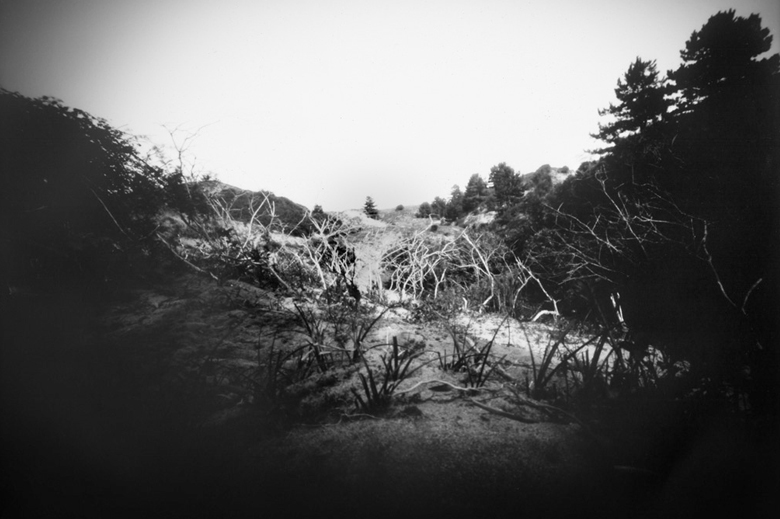Work produced during a commission from Waveney and Blyth Arts, presented at a public event November 2015 at The Cut in Halesworth. The brief asked a group of artists to produce a creative response to the concept of Doggerland.
Some 8500 years BC it was possible to walk from the east coast of England right into the heart of Northern Europe. Settlers here had always foraged and hunted, set up camps, and lived in small communities. Then, very rapidly the sea levels began to rise and this warming period coincided with a tsunami off the Norwegian coastline to completely submerge this once bountiful land. Populations were forced to drift further and further inland in an attempt to escape the rapidly-rising sea levels. Eventually the land was claimed completely and it lies underneath what is now the North Sea that separates the UK from the rest of the landmass of Northern Europe. Trawler men in the 1930’s found strange animal tusks and axe heads in their nets. Geologists and scientists began to look into the ancient history of this real-life Atlantis with deep curiosity.
Photographing the un-photographable was always going to be a challenge for any photographer. But having eliminated anything digital and anything colour from my approach, I began to strip back further by returning to film and darkroom processes and eventually found that pinhole photography was the ideal medium to give life to my imagined landscapes of Doggerland. Using rudimentary coffee tin cameras and shoe boxes with a crude hole as the lens, the simple means of capturing images in exposures of between 2 – 4 minutes onto photographic film seemed well-suited to the need to frame these imagined landscapes in a way that suggested their existence as hazy and indistinct traces of a landscape residing deep inside our collective memory.
Views of ordinary, unremarkable marshland, heath or forest edge were captured around various locations in Norfolk and Suffolk as many of those same landscape features existed at the time. My images for Doggerland present fuzzy fragments before they vanish forever; as if witnessed for the briefest moment through a wormhole in time, snatching a tiny splinter of something ancient but lost to the sea in an event mirroring our 21st century climate change events and the effects they have on the landscape and movement of people in search of survival and a better life.









